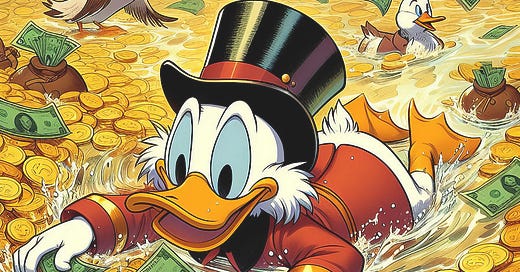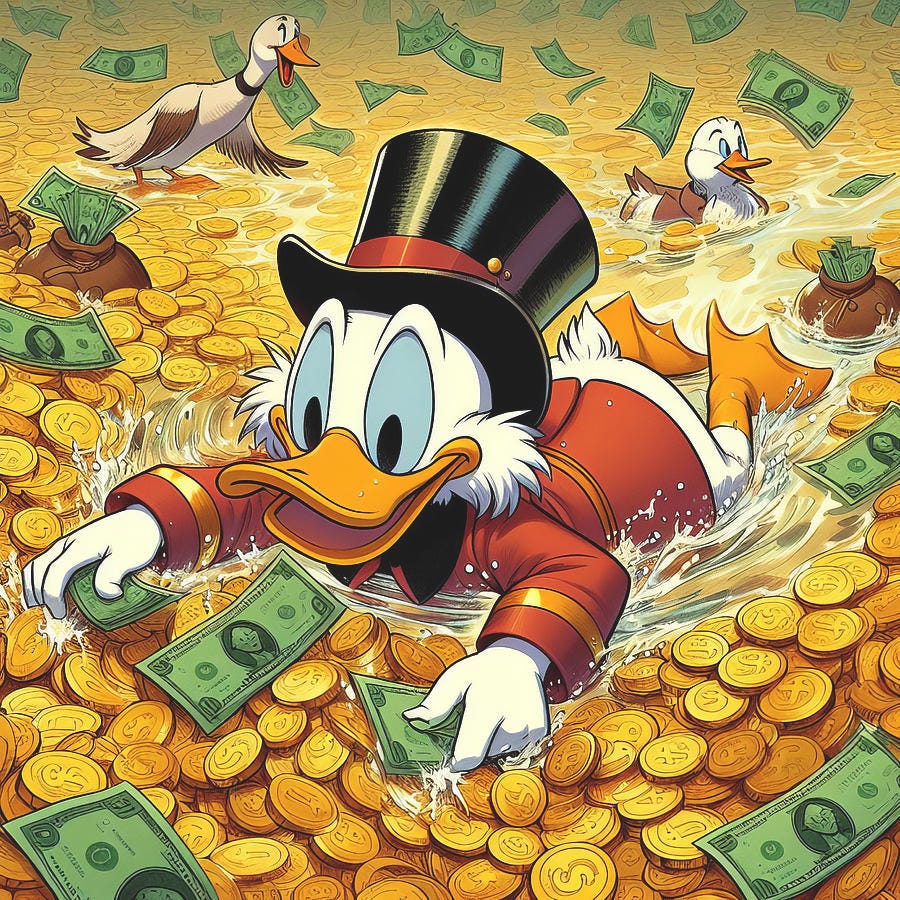How much does a children's book illustrator cost?
What are the variables at play when UK publishers offer fees or advance and royalty deals, and what are the basic things that illustrators are contractually entitled to as standard?
Originally published on the People of Publishing website on 1st August 2021, this has been our most-read post in the time since.
From a UK publisher point of view, when commissioning an illustrator to work on a project there are a number of things that may be taken into consideration. Here, we discuss some of those things while also highlighting basic entitlements that are contractually standard for illustrators.
As standard, illustrators are entitled to . . .
Fair pay
Just as we have minimum wage and London Living Wage requirements here in the UK, it is very important to credible publishers that illustrators are paid fairly for their work. A picture book can take anything from three months to three years to produce. So, an illustrator's advance needs to be a fair representation of the work they will undertake, while also being enough for them to live off - but not necessarily for the period of time that they're working on the book, because payments are usually staggered and come after certain parts of the process have been completed (plus, invoice processing and payment takes time).
Contractual copies of their book
And - sidenote - I feel like I need to reiterate that it is "their" book. Every person who contributes to the creation of a book feels a sense of ownership and pride, and rightly so! But illustrators - who create entire visual worlds within books to seamlessly sit alongside, add to, and bring life to, an author's words - are entitled to call a book their own as much as an author is. Authors and illustrators are equal. This shouldn't need to be said, but there it is anyway.
So. In every publishing contract, whether a flat fee deal or an advance and royalty deal (which we touch on lightly in more detail further down), there is a clause stating that the illustrator will be sent copies of their book - often referred to in the contract as "illustrator copies", "contractual copies" or similar. This is standard.
How many copies? Well, that's up for negotiation but it could be five copies or ten copies, or even more, or something in between. The contract will normally cover every possible format - so hardback, paperback, board book, eBook, etc, and a quantity for each will be agreed.
Copies of their book purchased with a discount
There will also be a clause in every illustrator's contract saying that they are entitled to purchase copies of their book from their publisher at a discount. Again, this discount can vary but it will be considerable - sometimes it's 50% of the RRP.
Copyright
OK, there are exceptions to this but in most cases, whether we're talking about a flat fee or an advance and royalty deal, an illustrator will retain the copyright for their work and be able to showcase the artwork they create on their website, socials, etc. The only time an illustrator will need to seek permission for including artwork in their portfolio (or posting it on social media) is if the book hasn't yet published (because the publisher may be lining up a cover reveal or an email blast and won't want to share material publicly ahead of those going out). Outside of that, illustrators are of course entitled to promote their own work however they see fit.
Credit
Illustrators must be credited for their work. In most cases, this means including their name on the book's cover and spine as well as the imprint page and title page.
For illustrated fiction, the illustrator's name can sometimes appear on the back cover rather than the front - but front cover is considered best practice, industry-wide.
Right to Public Lending Right payment
As an aside, it's not widely known that for an illustrator of a flat fee project to claim Public Lending Right (PLR) they need their name to be printed on the title page. Here's what it says on the British Library website:
“To qualify for PLR in a printed book the original owner should be named on the title page or be entitled to a royalty payment from the publisher.”
The percentage of PLR paid to authors and illustrators needs to be agreed between the two, or their agents (rather than the publisher being involved), but for picture books this is widely accepted to be a 50/50 split straight down the middle.
Promotion by the publisher
Publishers promote the books they publish. This is, of course, standard and in the publisher's own best interests as well as the illustrator's. Everyone involved in a book's creation will do all they can to help that book be a success. After all, the book industry is a business first and foremost.
There are also some variables when an illustrator is offered payment for a project. . .
Keep reading with a 7-day free trial
Subscribe to People of Publishing to keep reading this post and get 7 days of free access to the full post archives.





